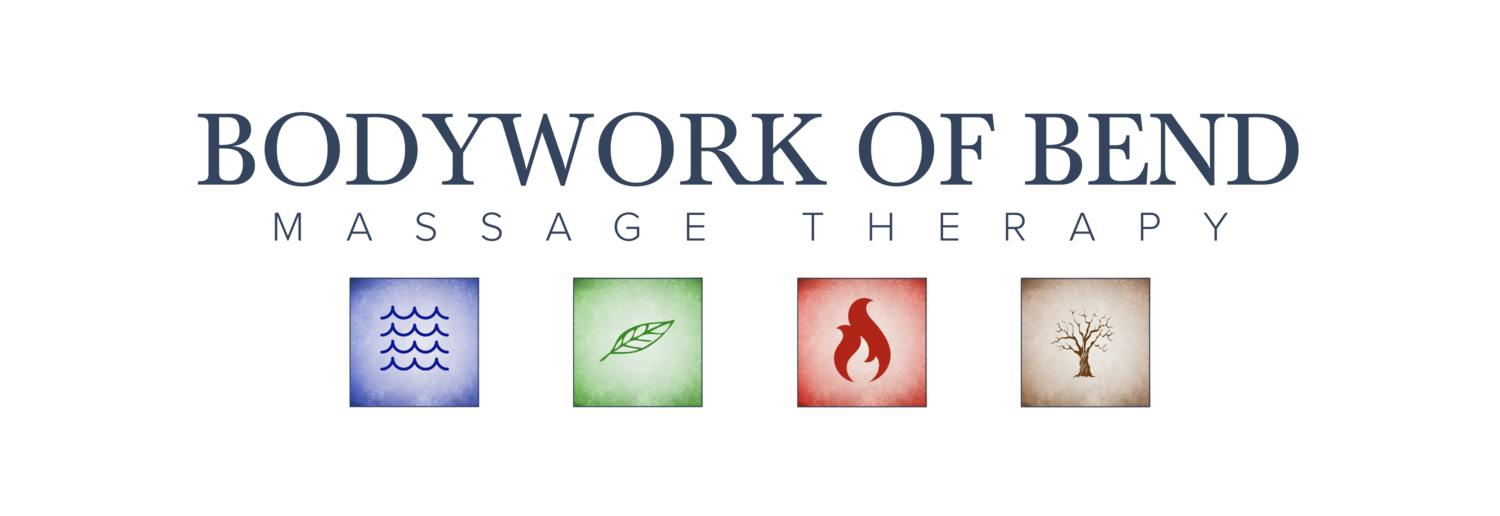Craniosacral Therapy (CST)
Craniosacral Therapy:
Craniosacral Therapy (CST) was pioneered by John E Upledger in the late 70s and early 80s. As a professor of Biomechanics at Michigan State University, John did extensive studies into the Craniosacral System as a clinical researcher. However, the discovery of the existence of cranial sutures and movement of the cranial bones in a subtle rhythm go back to Dr. William Sutherland and his pioneering work through the early 1900s. The Craniosacral system is comprised of the cerebral spinal fluid and membranes that surround and protect the brain and spinal cord. The Craniosacral System also includes the bones of the head, Cranium, as well as the bones of the spine down to the sacrum. This system has a deep subtle rhythm that can be felt throughout the body, and is fundamental to other more familiar rhythms such as the heartbeat and breath.
Practitioners of CST apply gentle pressure with specific hand positions to release restrictions in the Craniosacral System. CST has been shown to improve the function of the central nervous system, which then benefits the function of the entire body’s systems. CST can improve functioning of the musculoskeletal, digestive, respiratory, and circulatory systems. CST has been shown to benefit a wide range of somatic conditions. Conditions, not limited to, Post Traumatic Stress, Post Surgical Dysfunction, Migraines and Headaches, Chronic Ailments, Traumatic Injury and many, many more.
When the body sustains injury, the body often holds on to the physical trauma and stress of the injury. CST seeks to gently restore balance to the Craniosacral System and the Central Nervous System, allowing the body to release its grip on past trauma, restoring homeostasis and encouraging the body to move past trauma into wellness.
A Craniosacral Therapy session:
Clients are generally fully clothed and lying on their backs on a warm and comfortable table. Sessions are usually quiet, allowing the practitioner and client to focus. Sessions can include necessary feedback, encouraging breathwork and other insights. The practitioner applies gentle pressure to specific points along the Craniosacral system, “listening” with their hands for the CS rhythms and any patterns of congestion. Gentle pressure and holding allows the CS system to unwind and restore normal rhythm.
Clients can experience deep relaxation and unwinding of past trauma. Clients may experience memories, visions and insights related to their ailment. Since CST is gentle and subtle work we recommend multiple sessions (Packages Available, please call) and time in between to “Take up Space” that has been created in the work.




